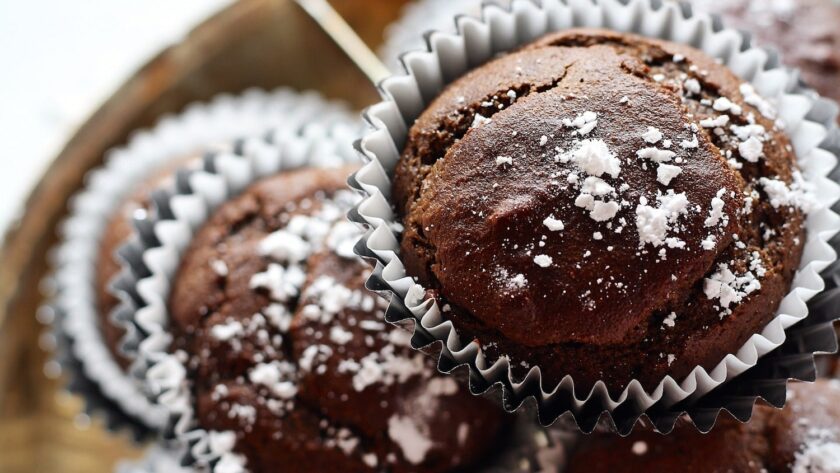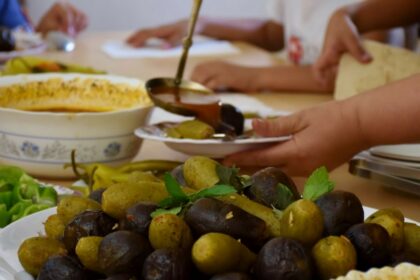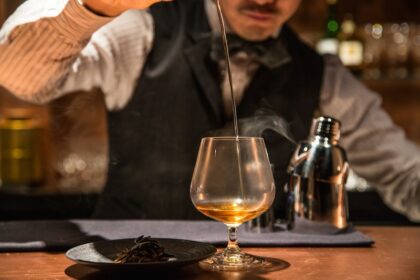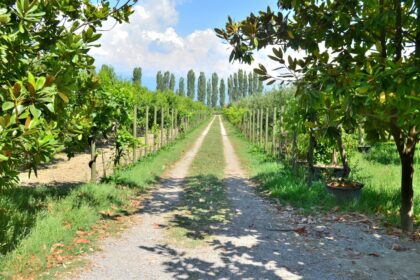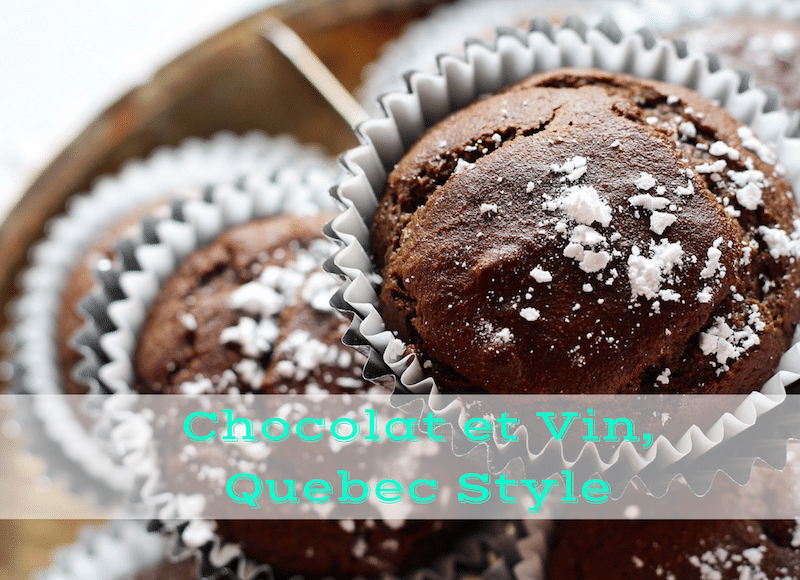
By Kate Robertson
Although the Mayan Goddess of Chocolate (Ixcacao) was from a different era than the Greek God of Wine (Dionysius), I think if the two met they would get along splendidly. After all, the Latin name for the cacao tree is “theobroma cacao,” meaning “food of the gods.”
Personally I’d be hard pressed to say which I love more, chocolate or wine. Luckily, on a recent trip to Quebec’s Eastern Townships I didn’t have to pick. This beautiful region just east of Montreal is full of mountains, rolling hills, lakes, farms, and picturesque villages. Here, I had opportunity to visit Musee du Chocolat and Domaine Les Brome Leon Courville vineyard.
Psst! Want even more tastiness? Our friends over at Travel2Next have a great guide on sugar shacks in Quebec!
A History Of Quebec
Quebec is the largest province in Canada, and it was French explorer Jacques Cartier who discovered the area when he sailed into the St. Lawrence River in 1534. A colony was established near present-day Quebec City at a village inhabited by the St. Lawrence Iroquoian First Nations people; however, the region did not really begin to develop until 1608 when Samuel de Champlain — another French explorer — returned to the area and named it New France. Over the next decades the Brits tried to take over the area, and eventually, in a five-year war ending in 1755, they were successful.
In 1774 the Quebec Act was passed to keep peace between the French and the British, allowing the Quebecois to keep certain parts of their French culture, like religion and French civil law. To this day, the culture of Quebec remains a unique blend of First Nations and French culture, and it is the only majority French-speaking society in North America.
With this strong influence from their French cousins, it’s no surprise that the Quebecois are a culture of foodies, especially when it comes to chocolate and wine.
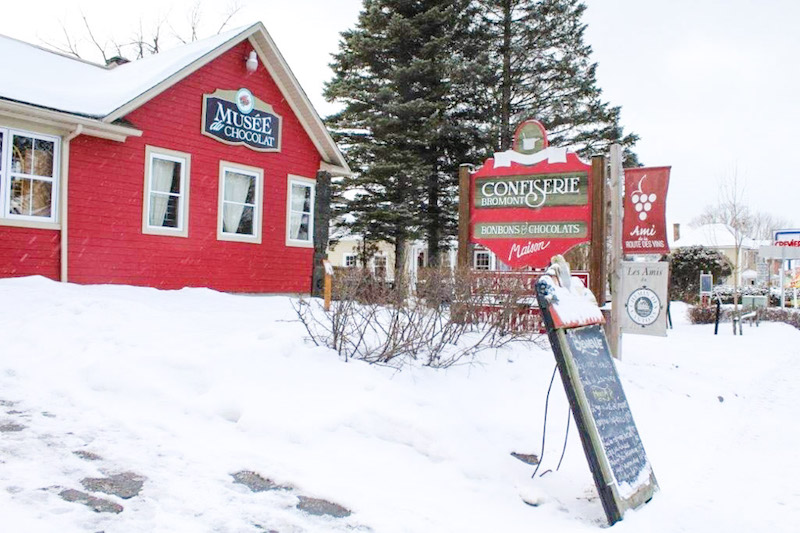
Le Bon Chocolat
I began my exploration of this aspect of Quebec culture at Bromont’s Le Musee du Chocolat de la Confiserie, established in 1993 by a group of chocolate lovers who wanted to share their passion. The Musee is located in Vieux Bromont (Old Bromont), a treat in itself with charming New England-style houses creatively converted into art galleries and antique shops. There’s also an awe-inspiring historical church complete with towering spire — incredibly towering, for such a small town — on Main Street, so make sure you allow plenty of time to browse the whole town.
As I enter the Musee, the unmistakable, delicious aroma of chocolate hits me, and I find myself in the confiserie (confectionary/candy store) where I browse row after row of every imaginable kind of sweet treat, bonbon, and high end chocolate from across the world. Candy is stacked everywhere the eye can see: high shelves, low shelves, tables, and glass faced counters. An entire stand is filled with their homemade jams and jellies.
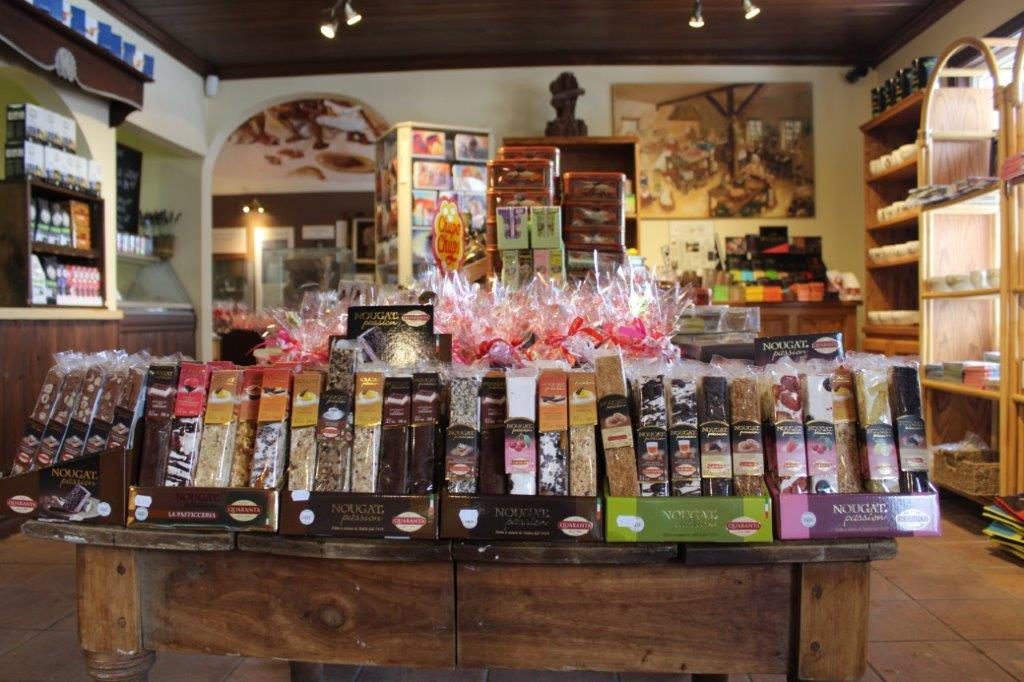
Before touring the Musee, I can’t resist having lunch at the Maison Café, tucked at the back of the candy shop. The cafe is filled with in-the-know locals who are here for down to earth hearty food, including an all-day breakfast. The Maison is part of the Cafes de Village, a regional program where criteria must be met to join, like serving signature products and healthy dishes made from fresh local seasonal products.
The menu has a French flair with items like pates, quiches and crepes and several duck items sourced from the nearby duck farm, Canards du Lac Brome). I order the daily special, a chicken and mushroom crepe that is rich and tasty as well as a creamy hot chocolate to drink. Bonus: you get a bowl-size portion of this sweet chocolatey goodness for only $5.25 CAD.
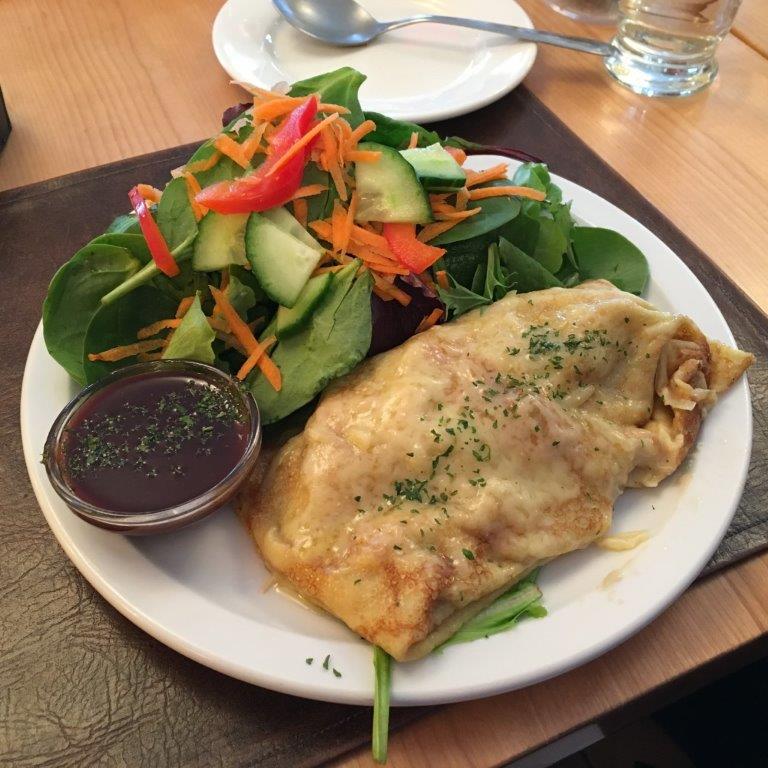
Everything here is house-made, down-home cooking served up with no pretense. In keeping with my chocolate theme — I am here, after all, to visit a chocolate museum — I try a dulce de leche chocolate for dessert. Little nibbles allow me to savor the chocolate exterior that balances the gooey, sticky caramel interior for the perfect bite.
All of their chocolates are made on-site using Valrhona French chocolate, produced in a small village in France since 1922. Unlike some chocolatiers, Valrhona owns and operates its own plantations in order to oversee quality. Musee du Chocolate has 40 flavors of chocolates, and they are always developing new irresistible flavors like basil and balsamic strawberry, honey ginger, or the chai (chai tea, my favorite), but still make the classics like truffles and pralines. Musee doesn’t stop at beautiful-tasting fillings though—there are artistic, unique designs on the chocolates.
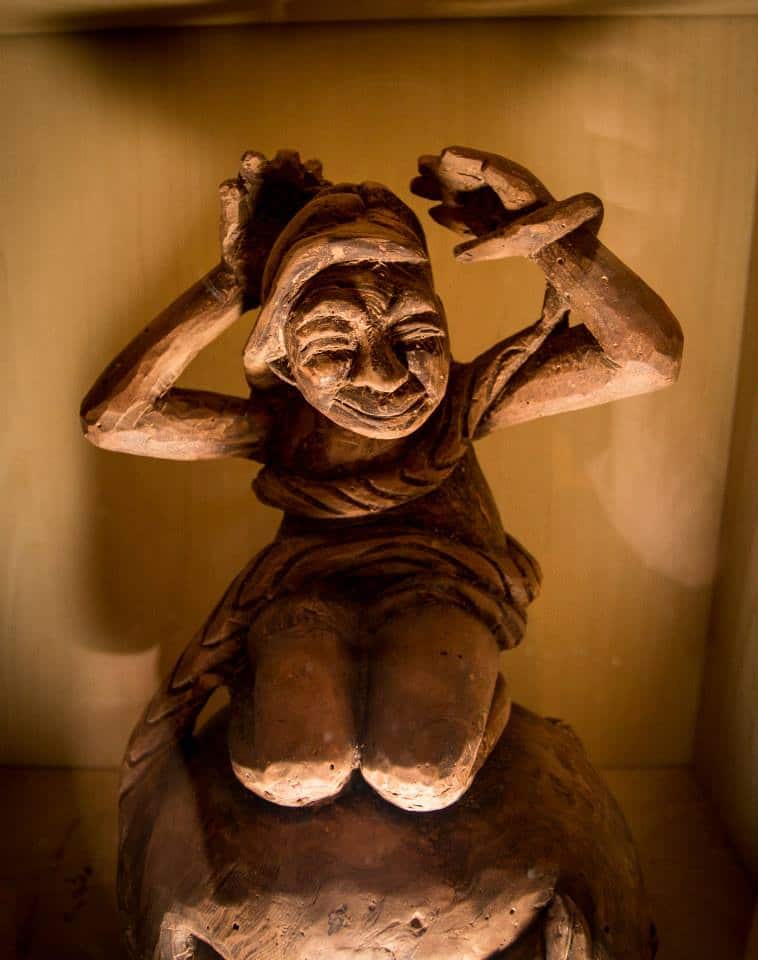
I meet Michel Bilodeau, associate chocolate maker, who takes our group on a tour of the small museum which shares fun facts and the history of chocolate dating from the Mayan civilization and boasts chocolate paraphernalia and artistic carvings made entirely from chocolate (they look like dark wood carvings), from all over the world.
A collection of old chocolate boxes and containers covers two walls in the adjoining room where Michel has set up to give us a demo of how to make a chocolate mold.
“Be sure to carefully coat the mold first to avoid bubbles,” says Michel, as he ladles chocolate into an almost-life sized duck mold, then carefully swirls it around the entire container before dumping it out. Then he slowly re-ladles the rich smooth chocolate back in to fill the container. “Now it has to sit at the perfect constant temperature to avoid ‘bloom’, which is an unattractive whitish grey color on the chocolate, instead of a perfect shiny duck.”
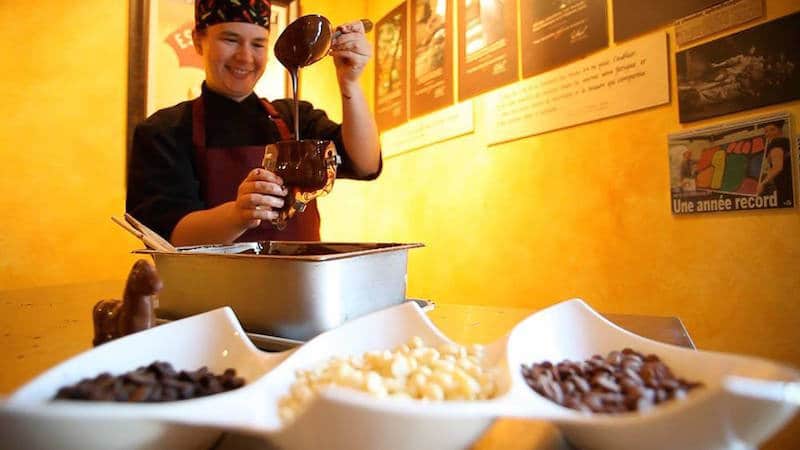
Michel is also, not surprisingly, the founder of La Fete du Chocolat, a chocolate festival taking place every spring for the past 16 years in Bromont. At the event chocolate is celebrated in every possible way with tastings (of course) and theatre, music, and painting activities.
Musee du Chocolat certainly knows how to celebrate this precious food.
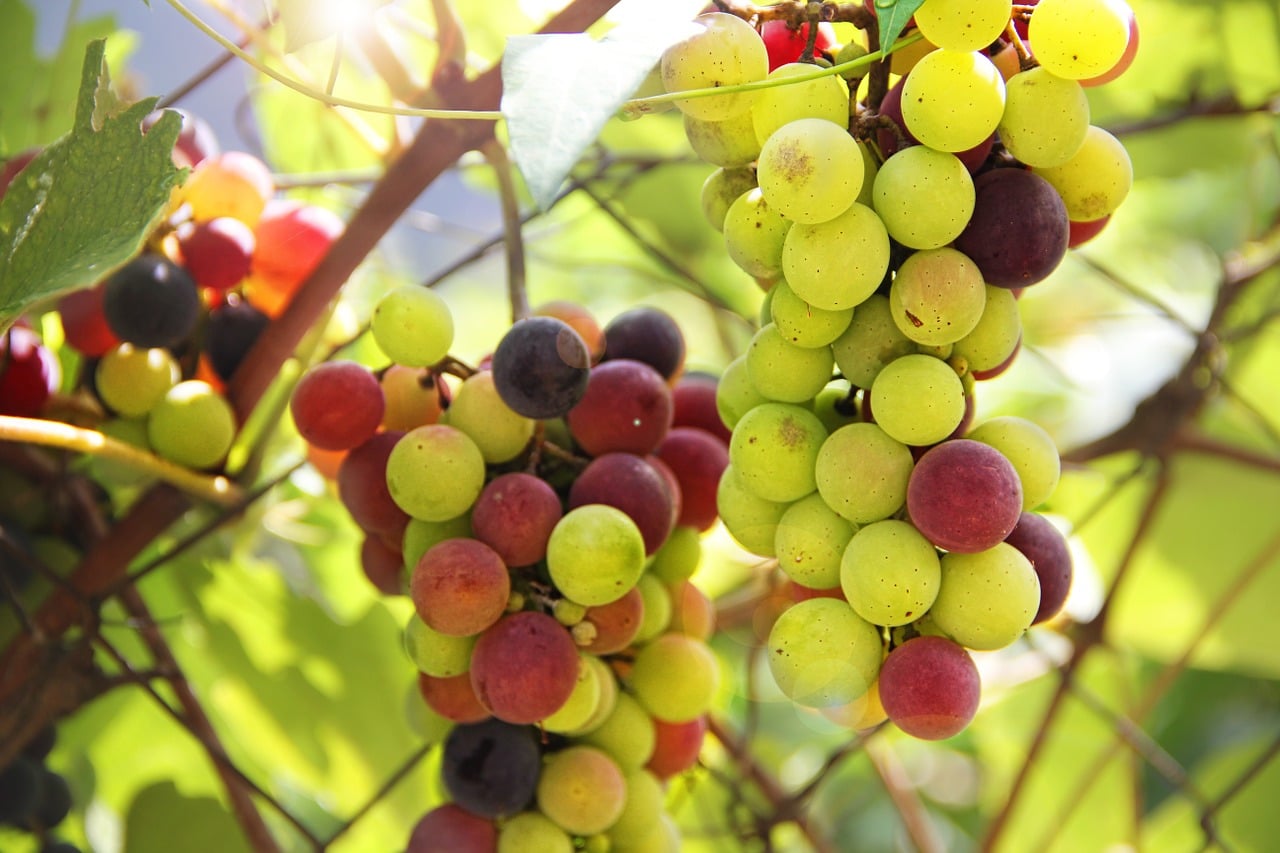
The Terroir Of Wine
And now to wash it all down. Within 20 minutes I’m at Domaine les Brome, Leon Courville vigneron, owned by husband and wife team Leon and Anne-Marie Lemire. The vineyard is beautifully perched on the side of Mount Brome, with rows of vines leading the eye down to a view of Lac Brome. Lucky for visitors the Lemires invite you to bring a picnic, buy a bottle of wine, and relax on-site to enjoy the scenery.
Anne-Marie advises that wine-making in Quebec only started in the 1980’s — later than other Canadian wine-producing provinces like British Columbia or Ontario — because of its harsher winters. Quebec has some of the coldest vineyards in the world, although now Alaska is also growing. This means the season starts late, but there are growers who are finding there are several micro-climates that allow a long enough growing season to reach full maturity, like their location where heat coming off of Lac Brome warms the air.
“Despite this, some days in the winter we must hire planes to come and fly over the vines to keep them at a warmer temperature by mixing the warmer air above with the cooler air below so they don’t freeze,” says Anne-Marie.
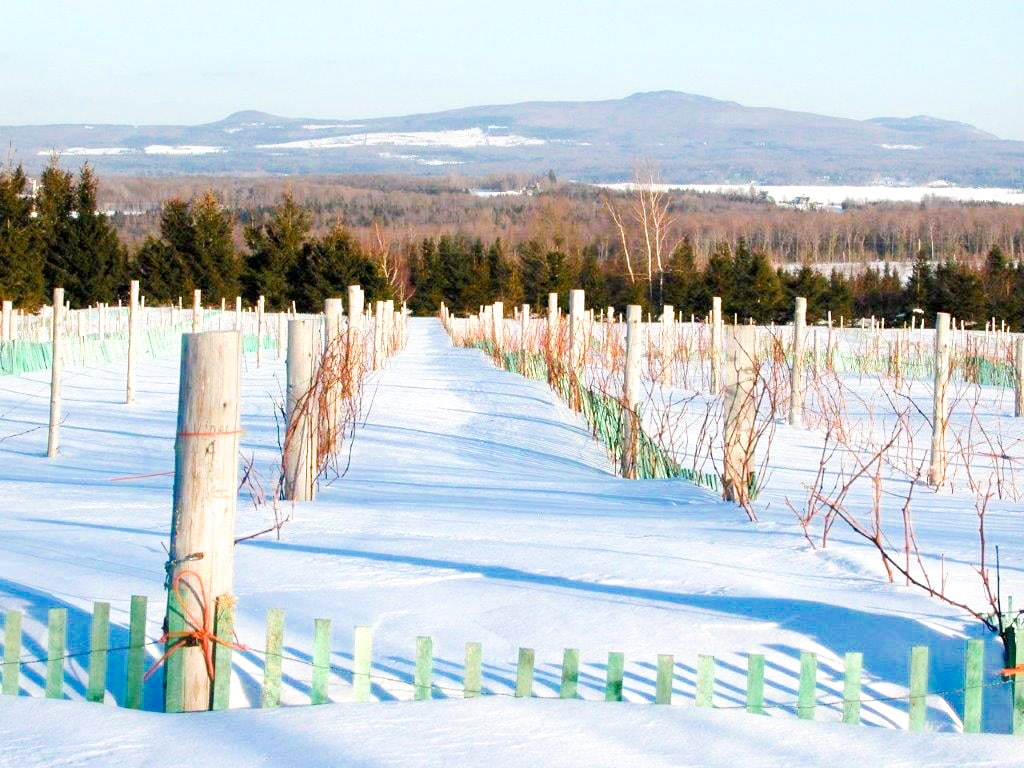
At Leon Courville they use sustainable growing practices and don’t use pesticides. Harvest and sorting of grapes is done manually, which is a lot of work when you think of 12 grape varietals throughout 60,000 plants spread over 18 hectares.
Notes Anne-Marie, “One vine makes about one bottle, and it takes six times that for ice wine.”
Love #chocolate and #wine? Here's why #Quebec should be your next trip! Click To TweetWine growing and production in Quebec is not for the faint of heart. Anne Marie shares, “We have six months to accomplish what other regions have 10 or 11 months to do. And last year (2015) there was no ice wine crop because the grapes didn’t freeze in time and were ruined. The grapes must have four days at minus 8 celsius weather, then be crushed in minus 10 temperature which gives it its high sugar content.”
Hearing this, I better understand the more expensive price point at about $100 CAD a bottle.
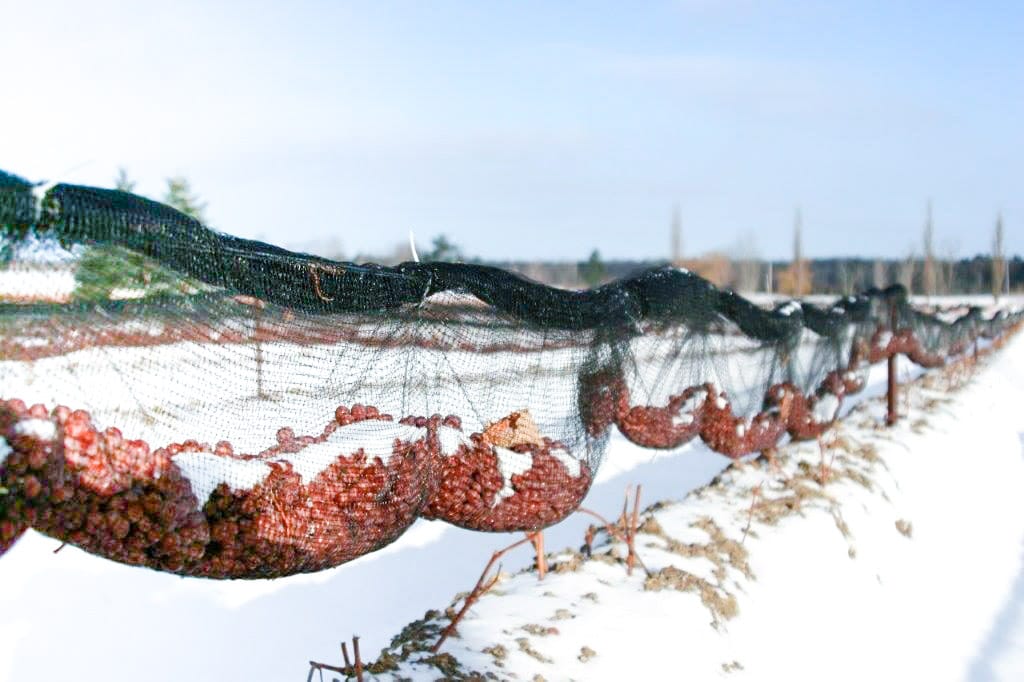
They also buy bees to pollinate their vines, though last year the bees “were lazy and didn’t do their job of pollinating the St. Pepin vines which are all female plants.” This left the winemaking couple with no St. Pepin crop, either.
Their winemaker is Amélie Oustau, who studied at I’Institut Universitaire de la Vigne et du Vin in Dijon, France, and came to Leon Courville as an intern several years ago. According to Anne-Marie, Amelie’s philosophy is ”to nurture the grapes and choose the right method with the minimum of processing to produce great wines that will reflect our soil and our climate.”
This is working with the “terroir”, which is the environmental factors that affect a crop’s qualities. For example, I learn chardonnay is a grape that grows in many climates, but in a colder climate such as Quebec the wine develops a more pronounced aroma of apples, with a hint of citrus. The vineyard’s rocky soil also adds pleasant mineral characteristics to the taste of the wine.
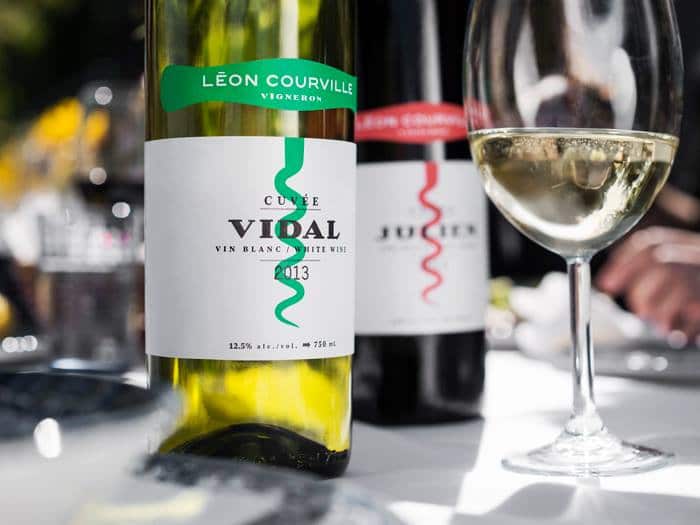
Leon Courville only started growing in 2009 and didn’t open their tasting boutique until 2005, but as early as 2006 they were winning awards. As I start the tasting, moving from the lighter whites toward the heavy reds, and finally to the ice wine — you progress this way so you don’t kill your palate with the heavier tastes first — it’s easy to see why.
I like the St. Pepin, a grape suitable for intensely cold climates producing a white wine with smooth, fruity notes which I’d never tried before. My other favorite is the ice wine (of course, I have expensive tastes), which is silky and sweet and pleases my palate in both taste and texture.
I’m sure that Dionysus would give Leon Courville an A plus (likely while eating some very fine local chocolate!).
Can’t travel to Quebec yourself? Try this unique twist on the Cosmopolitan from Leon Courville.
Recipe: N’Ice Cosmopolitan
In a shaker put 3 ice cubes
1/2 oz vodka
1 oz Riesling ice wine from Léon Courville, vigneron
1 ½ oz of cranberry juice
Pour in a cocktail glass.
Add a sip of orange syrup (or Grand Marnier or Cointreau). Enjoy!
What are your favorite delicious things to do in Quebec? Please share in the comments below!
Recommended:
Canada Cares: The Conscious Traveler’s Guide To Tofino [Blog Inspiration]
The True History of Chocolate by Thames & Hudson [Great Reads]
Patterend Scarf Shawl [Travel Essentials]
Kate Robertson
Latest posts by Kate Robertson (see all)
- How To Indulge In Turkey’s Delicious Culinary Culture - Jan 11, 2018
- How To Have A Sustainable (And Fun!) Trip In Charlottetown, Canada - Oct 9, 2017
- How To Help The Planet By Drinking Icewine - May 24, 2017
- How To Explore Phoenix’s Sustainable Food Culture - Apr 17, 2017
- Why Cape Breton Island Has the Most Delicious Lobster In The World - Jan 9, 2017

